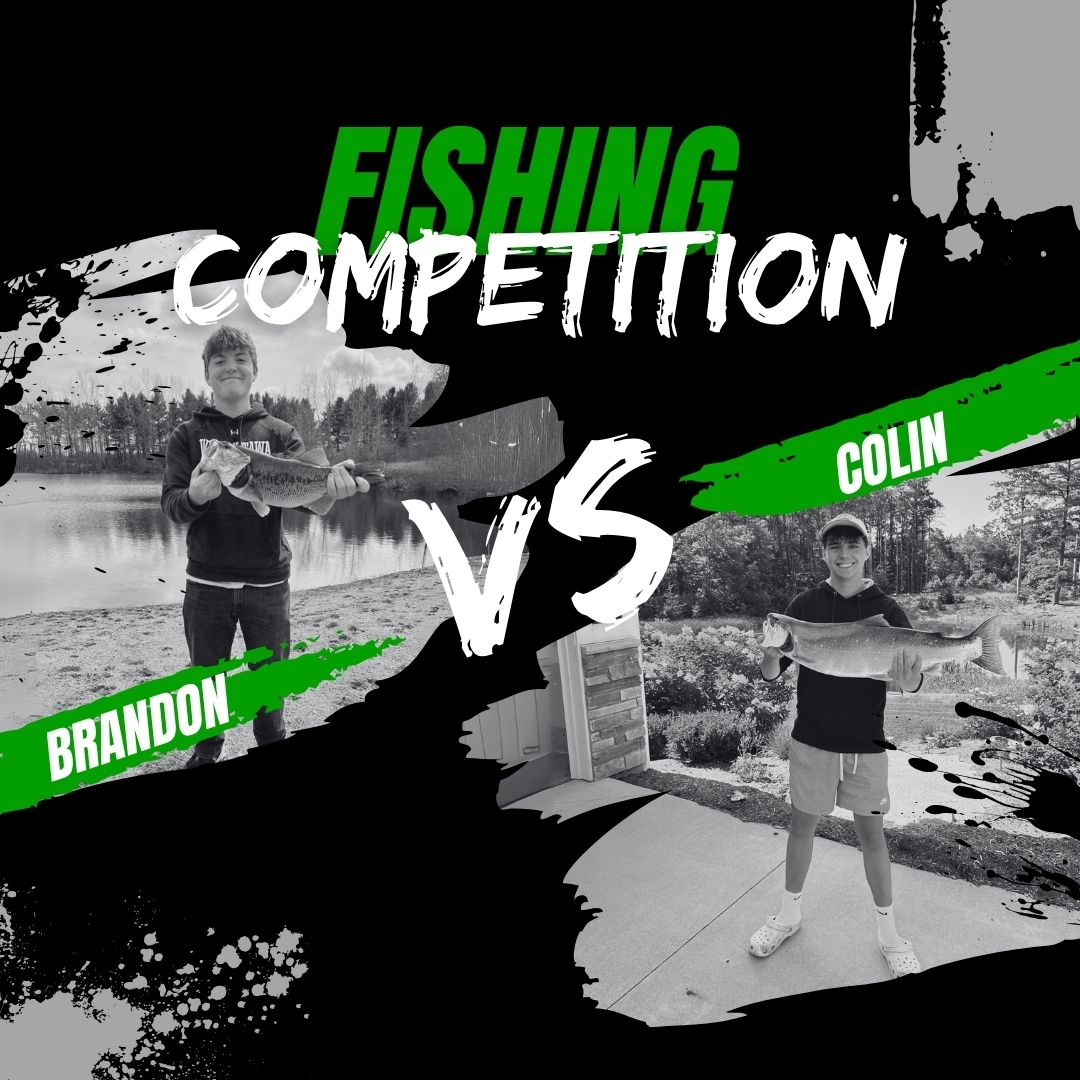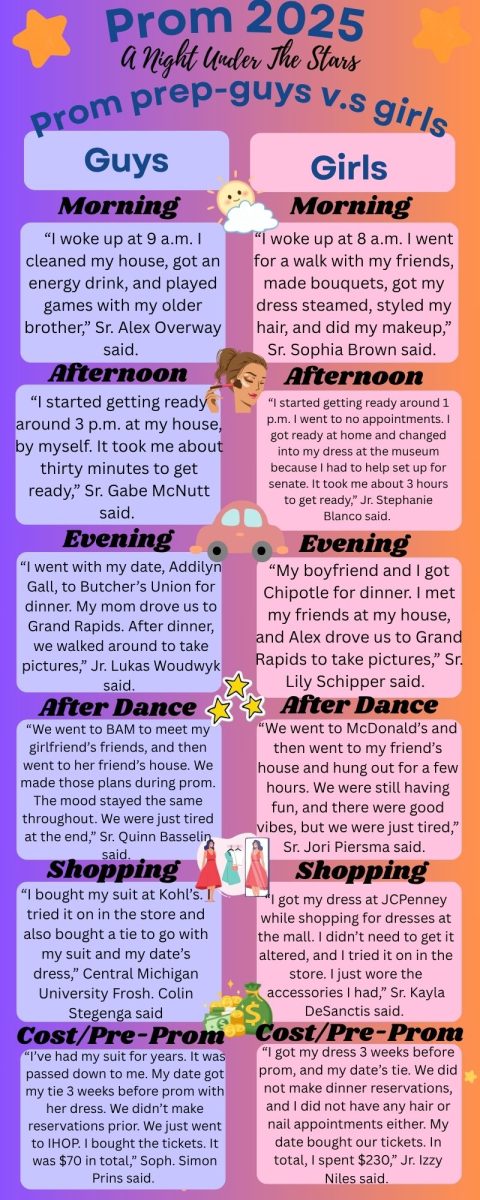@Spammy_Sam: “WOW OK, thanks for ruining my day! Really appreciate it! #lifeisgreat”
Pictured: crying selfie
@Fake_finsta123: “I got like 5 pounds of oreos at the store.”
Pictured: blurry photo of shopping cart
@writing.on.spams: “someone skip school with me. I’m sooo bored.”
Pictured: Corner of head featuring eye and forehead
Instagram spam accounts, as they’re popularly referred to, are everything that a typical Instagram is not. Instead of posting the polished, highlights of life–the selfies with friends, an aesthetically pleasing ice cream cone, a new outfit, snapshots from vacation–spam accounts feature the realest parts of life–the friend group drama, the meal you spilled on your clothes, a tear-stained selfie, a funny meme.
In order for an account to be considered a spam, it must meet some criteria:
- The username is silly and often involves a play on words
- Only a handful of friends or trusted acquaintances can follow
- Posts have no limits: post whatever, whenever, no matter how ridiculous, pointless or personal it may be.
Spams have always intrigued me. Ever since 2016, more and more of my friends and classmates started adopting them. Recently, I attempted to run my own spam account, but thought it felt weird. I couldn’t bring myself to publically share my every complaint, thought, or experience on social media. It felt unnecessary. I kept asking myself, “Who cares about this? Why am I sharing this?”
So, I wanted to find out what the appeal was: why do so many teens have a second account?
Spams are not as simple as just sharing posts with others; they have become an outlet for teens. It’s a place to relax, get out emotions, and connect with friends on a more personal level than a typical Instagram account can offer.
To put spam accounts into perspective, almost every public Instagram account has an “aesthetic theme.” Each picture is intentionally edited to fit the curated look of the page. As Sarah Olney explains, “My normal Instagram is definitely more like an art canvas for me. I like to apply presets to my images and make my profile look professional. Like something that shows a good first impression.”
Spam accounts, on the other hand, aren’t at all thought out: “My spam is a lot of funny memes, inside jokes, bad pictures of me that only friends should see, or stuff I don’t want my parents to see,” explains Collin Smith.
In a way, spams are a haven for teens; a place where they can escape the pressure of society. They won’t be judged for posting an ugly photo, or punished from sharing their honest opinions online.
People use spam accounts to rant about their day and share their struggles with friends. “I complain a ton: If I get super annoyed with a family member and want to tell someone about it, I just post it on my spam,” says Lieza Klemm.
Because teens are used to publicly sharing their lives on social media, it makes sense that they feel comfortable sharing the more personal details of their lives on Instagram with a select group of friends.
Olney has had a spam for a little under a year and has noticed that “it definitely acts as a stress reliever because it is a place where I can almost write a journal about how my day went and know that my closest friends are the ones reading it.”
Adding to this, Klemm says, “Spams are sort of like online diaries, but not so private. You can share your thoughts and feelings with those you choose. It’s one of the ways I can express what I’m feeling on a particular day–I gain feedback and comments of people’s support.”
But one of the most appealing aspects of the spam is that it allows for complete freedom and privacy online. Without the eyes of teachers, co-workers, bosses or parents on social media, teens can relax and be themselves. They don’t have to worry about their reputation.
“I made a spam because I wanted to express feelings and attitudes that I couldn’t in other social media platforms; my mom follows me on pretty much everything and I can’t get away,” Klemm said. With a spam, users don’t feel obligated to let anyone follow: it’s more of an account for yourself than for your followers.
But is this outlet healthy for teens?
Some people post about gossip and drama, while others share funny pictures and harmless rants. “It’s not always healthy,” admits Maddy Eppard. “It feels good in the moment to rant about something, but then I’m like ‘Oh that was really negative and I didn’t really need to post that for everyone to see.’” The vulnerability may not be worth the potential consequences. Oversharing on social media can cause issues like sensitive information being leaked.
In one incident where a student posted something negative on their spam about another student, the word got out and that student found out about the negative comments. Occurrences like this are not uncommon. Even on private Instagram accounts, information can get out and rumors can spread.
Not to mention, it can form unhealthy habits of not dealing with the problems or emotions at hand. “I should probably talk to people more about my feelings,” admits Klemm with an embarrassed chuckle.
Although it is nice to have a place to rant, it is important for teens to learn how to deal with and work out their issues.
Teens who grew up filtering and curating their Instagram feeds are privately regressing back to the unfiltered posts that were common in 2011–back when Instagram was just starting up and wasn’t such a big deal. Whether it’s beneficial or not is up to the user, but if one thing is certain it’s that spam accounts aren’t going anywhere. As a place to vent and post without pressure, teens feel that it’s a nice get-away from the demands of a main Instagram account.







